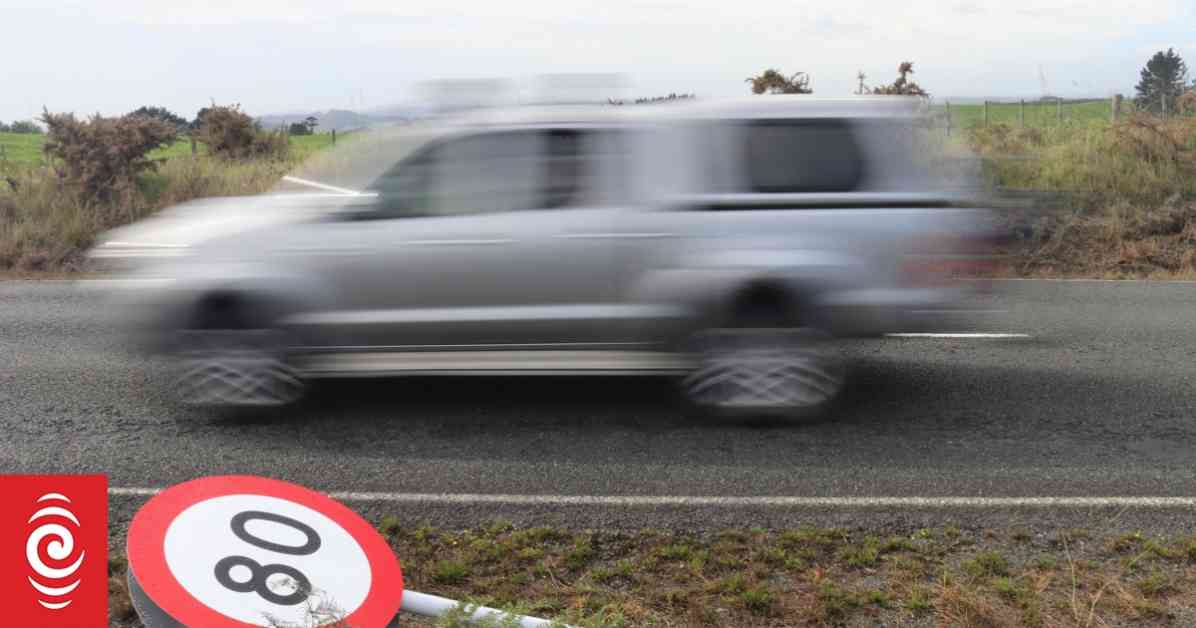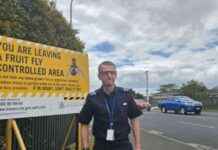Speed Reduction Reversals Spark Mixed Reactions Among Wairarapa Residents
In a move that has stirred up a wave of conflicting opinions, the New Zealand Transport Agency (NZTA) has announced plans to reverse speed reductions on thirty-eight sections of the roading network over the next five months. These changes will mark the end of speed restrictions that were implemented under the previous Labour government, sparking a debate on road safety and efficiency.
The rollout of speed limit reversals kicked off at midnight, with the first road slated for change being State Highway 2 between Featherston and Masterton in Wairarapa. This decision has elicited a range of responses from residents in the area, shedding light on the diverse perspectives surrounding this contentious issue.
Voices of the Community
Residents in Featherston, where the speed limit changes have been enacted, have expressed varying sentiments regarding the reversal. Pat Fairhall, a frequent traveler on State Highway 2, welcomed the decision, emphasizing that the previous reduction to 80km/h had significantly slowed down his journeys. Fairhall noted that the presence of a central barrier made it feasible to drive safely at higher speeds, echoing the sentiments of many others who favor the increased limits.
On the other hand, Elise Brimer, a local resident, voiced concerns about the safety implications of the speed limit increase. She highlighted her unease while traveling on the road, questioning whether the purported three-minute time savings were worth compromising safety. These contrasting viewpoints underscore the complex considerations at play in the ongoing discourse surrounding road regulations.
Amidst these divergent perspectives, Transporting NZ chief executive Dom Kalasih defended the speed limit reversals as a matter of common sense. Citing public consultation data from last year, Kalasih noted that a majority of submitters supported the changes, emphasizing the potential financial benefits for the trucking industry. With the prospect of significant cost savings in play, the decision to reverse speed limits takes on added implications for various stakeholders.
Expert Insights and Political Perspectives
While the public remains divided on the efficacy of these speed limit changes, experts and political figures have also weighed in on the matter. Green Party transport spokesperson Julie Anne Genter raised concerns about the potential safety risks posed by increased speeds, cautioning against prioritizing minor time savings over road safety. Genter’s emphasis on evidence-based approaches to transportation underscores the importance of rigorous research in shaping policy decisions.
In contrast, newly-appointed transport minister Chris Bishop defended the government’s actions, emphasizing the need to prioritize interventions that address the root causes of road fatalities. Bishop highlighted the role of drugs and alcohol as primary contributors to road accidents, signaling a shift in focus towards comprehensive road safety strategies. This nuanced perspective underscores the multifaceted nature of road safety considerations, balancing economic concerns with public welfare.
Looking ahead, former chief science advisor to the Ministry of Transport, Professor Simon Kingham, underscored the need for evidence-based research to inform future policy decisions. Kingham expressed skepticism about the projected economic benefits of the speed limit reversals, raising concerns about potential repercussions for road safety. As consultations on additional speed limit changes loom on the horizon, the importance of informed decision-making is paramount in shaping the future of New Zealand’s roadways.
In the midst of these deliberations, Labour leader Chris Hipkins emphasized the need for a data-driven approach to speed limit adjustments, cautioning against political interference in road safety matters. Hipkins underscored the importance of safety assessments on a case-by-case basis, highlighting the need for thorough analysis in determining appropriate speed limits. This call for evidence-based decision-making reflects a broader push for accountability and transparency in the realm of transportation policy.
As communities grapple with the implications of these speed limit reversals, the conversation around road safety and efficiency continues to evolve. Balancing competing interests and priorities, stakeholders must navigate a complex landscape of public opinion, expert insights, and political considerations to chart a course towards safer, more sustainable roadways. In the quest for a harmonious balance between speed, safety, and efficiency, the road ahead remains fraught with challenges and opportunities for growth and innovation.

















